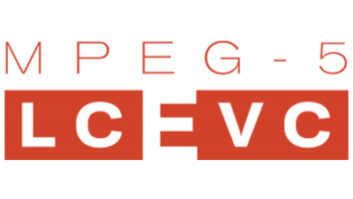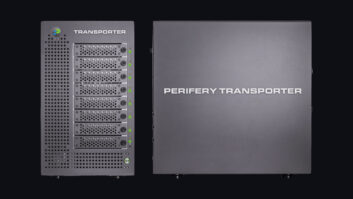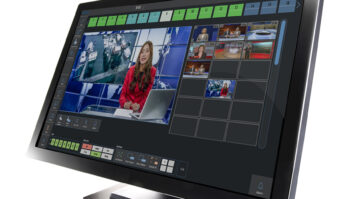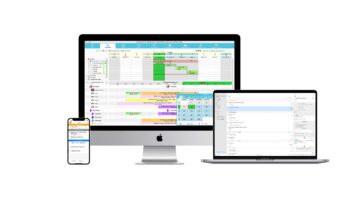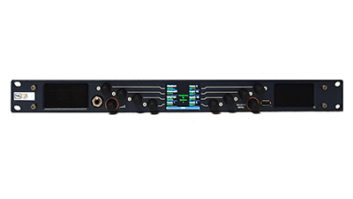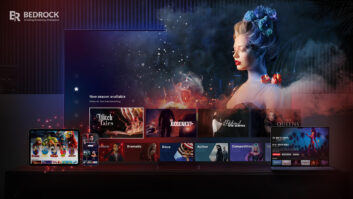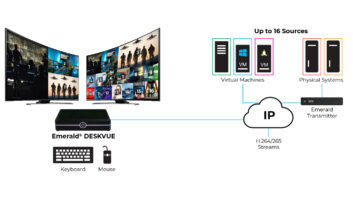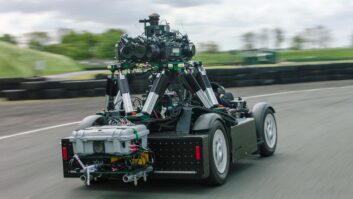 What impact has the pandemic and its continuing aftereffects had on the company’s approach to R&D and product development?
What impact has the pandemic and its continuing aftereffects had on the company’s approach to R&D and product development?
When the pandemic hit, one of the most important consequences was that a lot of people started working from home. At Cobalt, this was not a new situation; we hire top talent wherever they are, and we make that work. Everything we make is controlled through a network, and it doesn’t matter if you are next to the equipment or on the other side of the world. We make audio/video gear, and if you need to see and hear it remotely, we have the appropriate transmission gear. So, we doubled down, deployed more Cobalt equipment, and grew the team; and that worked beautifully.
What are the biggest challenges you are facing in R&D and product development/deployment in the current landscape?
The component shortage has eased but isn’t over. Since we design our own hardware, one of the key commandments these days is “only use the components you can get”. Cobalt is well-known for being able to take care of customers and deliver products in a timely fashion, and this is one of the ways we do it. Another challenge is having to re-design products to replace long lead time components, in a way that is transparent to the customers. This balancing act between doing that and creating new products is a non-trivial challenge, but if you do it right, you keep your customers happy and your business going strong.
Where do you see the most opportune areas for innovation in your area of the market, and what tech/solutions will drive that development?
These days, everybody wants to do more with less, or be more efficient. For broadcasters, this means centralising operations, having products that can be reconfigured on-the-fly to do multiple functions, and be able to remotely control and produce events (to save on travel). Any technology that supports these functions is good for growth. Multi-functional products with a lot of FPGA and CPU resources are great product platforms for growth and density. On the remote production side, we are looking at solutions that can transmit content with very low latency, excellent quality, and reasonable data rates.
What are you working on currently that excites you as a product team, and what can we expect to see at IBC 2023?
We are working on very flexible low-latency transport solutions that include JPEG-XS, as well as standard ST 2110. This is being done on programmable platforms that allow us to evolve over time and add features, thus protecting our customers’ capex. For improved bandwidth efficiency, we are also working on very low latency (sub-frame) HEVC solutions. On the other side of the spectrum, we are working on a very dense 12G router, which can be used as the core of a remote controlled headend, and on distributed software multiviewer, for very dense monitoring using off-the-shelf hardware. All these solutions will be on display at IBC 2023.
